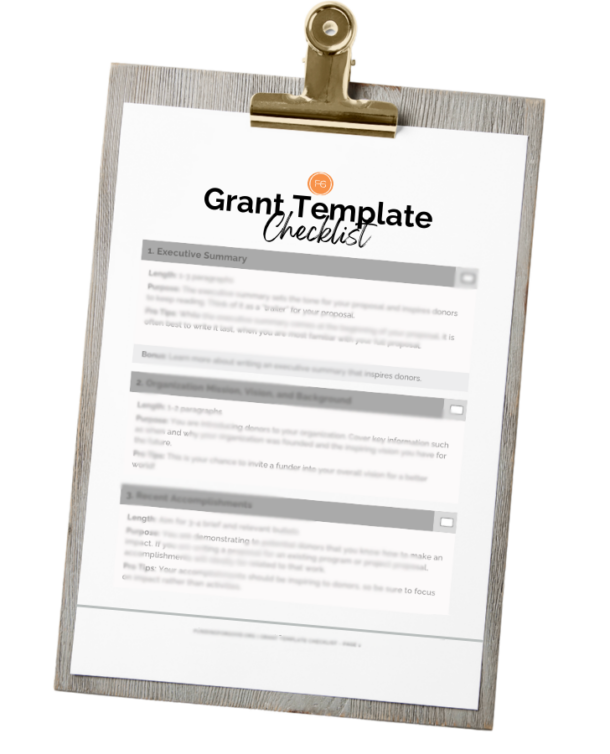This past week, we sat down with a local nonprofit’s staff archaeologist to discuss the new S.T.E.A.M program they are currently developing for students in the local school system.
We know our community recognizes the need for their archaeology and cultural heritage programs. We also know that because the program is unique, they have the potential to expand beyond our local area and reach students in classrooms across the nation.
Sounds like a dream program, right?
There is just one catch. In order to expand their program outside of North Carolina, they will need both dollars and buy in from donors and school systems across the region.
It isn’t enough to have the “unique factor,” awesome staff, or even solid program content. The only way the organization can prove the value of their program model is to illustrate its IMPACT. We need to understand grant goals and outcomes.
The most effective goals and objectives are S.M.A.R.T ones:
Smart
Measurable
Attainable
Relevant
Timely
It is nearly impossible to prove a program’s impact without sharing program data that directly corresponds to well-established grant goals and outcomes. If you apply the S.M.A.R.T guidelines, you increase the odds of program success, ease of data tracking, and ability to share impact in ways that generate income and support.
So what is the difference between GOALS and OBJECTIVES?
Goals offer a broad statement of what you wish to accomplish.
Goals are broad, general, intangible, and abstract. They are the ‘big thing’… the vision of what you want to do.
In this nonprofit’s particular case, their goal is to “Ensure students in our community understand colonial American history by engaging them in local archaeology and cultural heritage programs.”
Objectives, on the other hand, provide clear steps toward accomplishing a goal.
Unlike a goal, an objective is narrow, precise, tangible, concrete, and can be measured.
In order to showcase exactly how effective the program is, they had to take the planning process a step further and define very clear objectives.
For example, they know educators will be much more likely to access these programs if the curriculum aligns with NC Common Core and Essential Standards in Science. They also did their research and identified 3rd, 4th, and 8th graders as the primary target audience because those grades focus heavily on county and NC history.
They worked with local teachers to establish objectives that satisfy the standards they set for their classroom experiences while allowing their organization to track participant’s increase in knowledge. If the program objective is 90% of 4th-grade participants demonstrate a 60% increase in knowledge, that is both specific and measurable.
With proper data tracking and reporting tools, impact can be shared, income generated, interest increased, and ideally sustainability achieved for the program.
At the end of the day, it is important to ask the questions: What do we want to accomplish and how will we know we did?
If you can answer THOSE questions, you are well on your way to creating effective goals and objectives.
How to Write Quality Goals and Objectives
Strategic Planning: Understanding the Process and the Product
Good Goals, Bad Goals and Desperate Mom Goals
Happy Writing! Funding For Good


